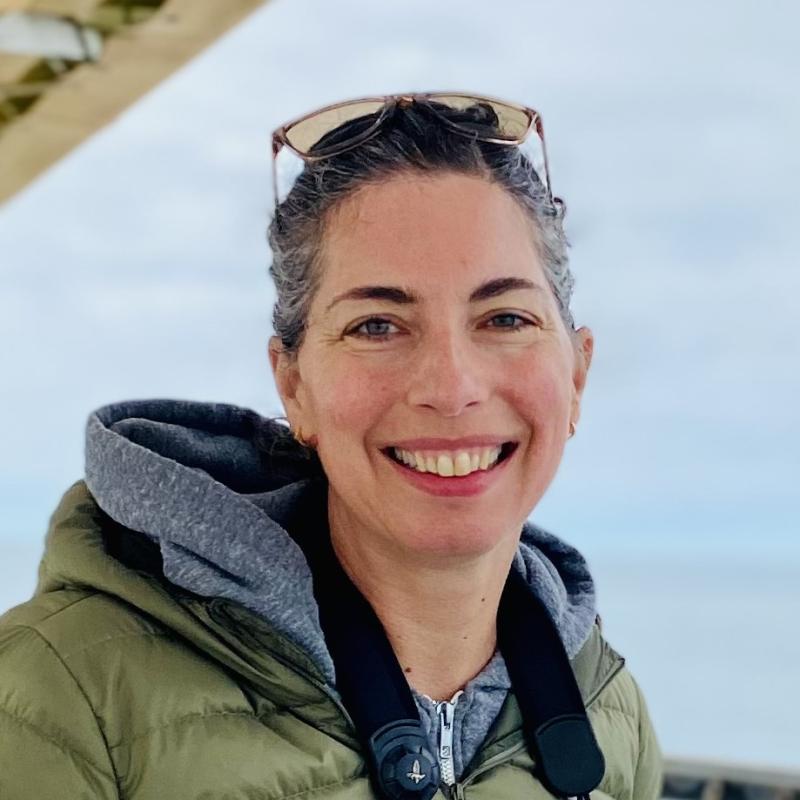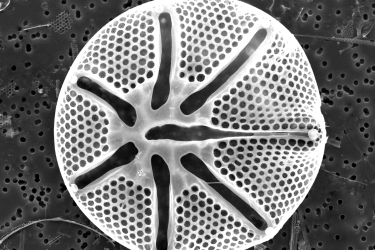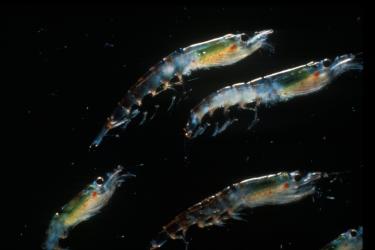Euphausiids, or krill, are a key food item for many fish including Pacific hake, as well as Chinook salmon (Oncorhynchus tshawytscha), seabirds like Cassin’s auklets (Ptychoramphus aleuticus), and marine mammals such as blue whales (Balaenoptera musculus) in the California Current Ecosystem (CCE). We regularly see aggregations of krill on our echosounders, and often note them during data processing. A recent postdoctoral research project worked through the archived acoustic data from our past FEAT surveys to develop a biennial time series of krill density along the U.S. and Canadian West Coast, and documented substantial variation in their spatial distribution and overall abundance between 2005 and 2019. With this new time series, we are improving our understanding of the importance of krill in the California Current food web, as well as providing information about the overall status of the marine ecosystem. In fact, the data are already being used for a number of research projects related to hake ecology and management.
Once our 2021 survey is complete, we will update our times series and begin analyzing the latest results. But even as we collect the data, we have the opportunity to start qualitatively characterizing areas where there are a lot of krill. For example, we have seen numerous blue whales along the coast of Humboldt County, California this past week, and when we looked at our echograms, lo and behold many of these areas also show signs of large krill aggregations. It’s been fun to make these ecological connections in real time, and we are excited about new research projects that might use this krill time series to study other krill-eating fish, seabirds, and marine mammals.



